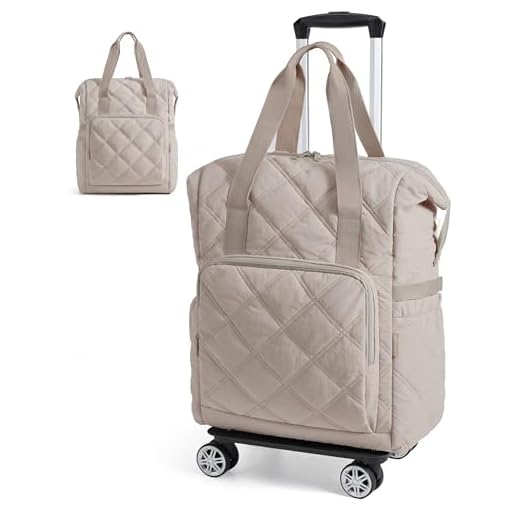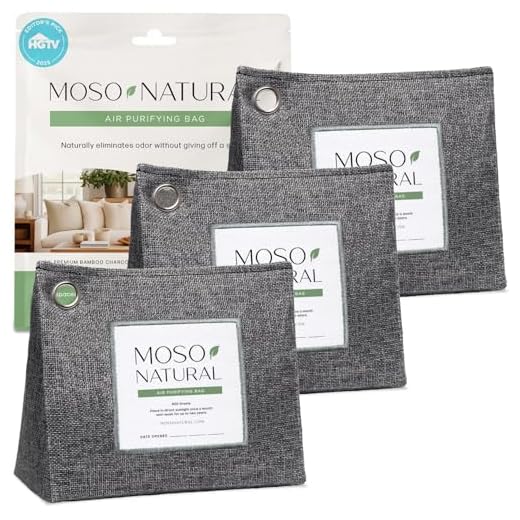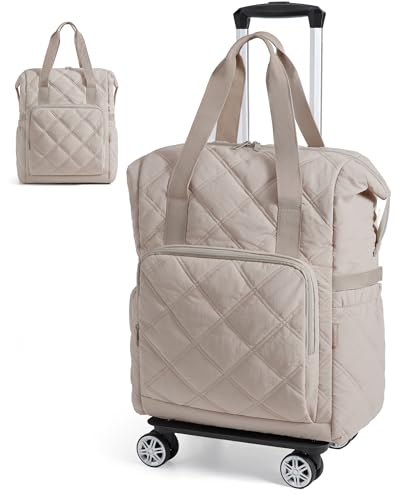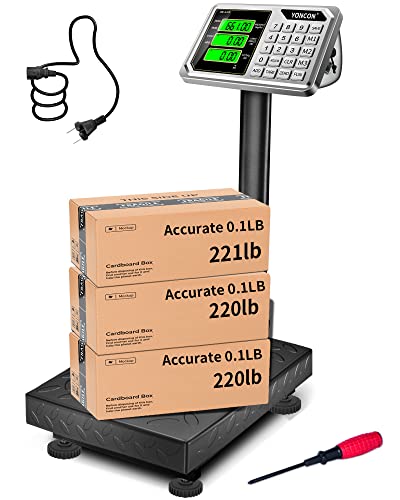



For optimal results, utilize a mixture of warm water and mild detergent to scrub the exterior of your bags. Using a soft cloth or sponge, pay special attention to areas where grime accumulates, such as seams and zippers. This method will ensure a thorough clean without damaging the fabric.
For stubborn stains, a paste made of baking soda and water can serve as an effective treatment. Apply the paste directly onto the stain, allowing it to sit for at least 15 minutes before rinsing off. This technique lifts marks without harsh chemicals that could harm your belongings.
Regular maintenance is key. Wipe down the interior with a damp cloth to remove dust and debris after each trip. If necessary, use a vacuum attachment to reach into corners. Always allow the interior to air out completely before sealing the bag again.
To preserve the integrity of your items, consider storing them in a dry place away from direct sunlight. This practice prevents the buildup of mildew and protects the fabric from fading over time, extending the life of your travel companions.
Cleaning Your Travel Gear
Begin cleaning with a dry microfiber cloth to wipe down exterior surfaces, focusing on handles and wheels where dirt accumulates. Following this, mix warm water with mild soap in a bowl or spray bottle.
For fabric bags, lightly mist the solution onto a cloth and gently scrub stained areas. Avoid soaking the material, as excess moisture can lead to mold. Use a soft brush for zippers and seams to dislodge any debris.
Hard-shell options require a different approach. Use a damp cloth with the soap mixture for the outer shell. For stubborn marks, a soft scrub pad can be used. Ensure that water does not enter any openings.
After cleaning, rinse any remaining soap with a cloth dampened in clean water, then allow to air dry completely. Do not use direct sunlight to dry, as this can cause fading.
For internal sections, vacuum to remove crumbs and dust. Spot clean linings with a cloth dampened in soapy water, ensuring a thorough internal refresh.
| Material Type | Cleaning Method |
|---|---|
| Fabric | Dry cloth, mild soap solution, soft brush |
| Hard-shell | Damp microfiber, soft scrub pad |
For long-term maintenance, store your gear in a cool, dry place and consider using silica gel packs to absorb excess moisture during storage. Regular upkeep prevents buildup and keeps your travel essentials looking new.
Choosing the Right Cleaning Supplies for Different Luggage Materials
For hard-shell cases, opt for a gentle soap solution mixed with water and a microfiber cloth. Avoid abrasive cleaners that may scratch the surface. A dedicated plastic polish can restore shine.
Soft-sided travel bags, often made from fabric or synthetic materials, benefit from a mixture of mild detergent and warm water. Use a soft brush to tackle stubborn stains, then rinse with a damp cloth.
For leather items, invest in a leather cleaner specifically designed for your type of leather, paired with a soft cloth. Following up with a conditioner keeps the material supple.
Nylon gear can be cleaned using a diluted all-purpose cleaner. However, ensure that the cleaner is safe for fabric to prevent damage. Spot cleaning with a cloth is effective for minor stains.
When considering outdoor gear, such as the best luggage for hunting trips, ensure the cleaning agents are suitable for exposure to various environments to avoid deterioration.
If your choice leans towards rugged backpacks like the best ballistic nylon backpack, use a soft brush and water to remove dirt, following up with a fabric protector for added resilience.
Step-by-Step Guide to Cleaning Fabric Bags
To maintain your fabric bags, follow this straightforward cleaning method:
- Empty the Bag: Remove all contents, including pockets and compartments. Check for any loose items that may get trapped during cleaning.
- Shake or Brush Off Debris: Use a soft brush to remove dust, dirt, or crumbs clinging to the surface. Alternatively, you can shake the bag gently.
- Spot Clean Stains: Prepare a mixture of mild detergent and water. Use a soft cloth or sponge to apply the solution directly to any visible stains. Gently blot–avoid scrubbing to prevent damage.
- Wash the Entire Bag: For deeper cleaning, submerge the fabric item in warm soapy water. Let it soak for about 15-30 minutes. Use your hands to agitate gently.
- Rinse Thoroughly: Drain the soapy water and rinse the bag with clean water until all detergent is removed. Ensure no residue remains, as it can affect the material.
- Air Dry: Hang the bag to air dry in a well-ventilated area. Avoid direct sunlight to prevent fading. Do not use a dryer, as heat can warp or shrink the fabric.
- Reform Shape: For structured bags, reshape them while still damp. Stuff with tissue paper or a clean towel to help maintain its form.
For enhanced cleaning efficiency, consider using specialized products like a best bathroom pressure washer for rugged surfaces and exteriors, if applicable.
Maintaining and Cleaning Hard-Shell Suitcases
To ensure your hard-shell bags remain in optimal condition, regular cleaning and maintenance are key. Begin by wiping down the exterior with a soft, damp cloth to remove dust and debris. For stubborn stains, mix warm water with a few drops of mild detergent and gently scrub the area using a soft sponge.
Regular Inspection
Inspect seams, zippers, and handles for any signs of wear and tear. Check for any cracks or dents in the shell, which can affect durability. If damage is detected, consider consulting a professional for repairs to prevent further issues.
Cleaning the Interior
For the interior, remove all items and vacuum any loose particles. Wipe surfaces with a damp cloth. If necessary, use a fabric cleaner for any fabric sections. Ensure everything is completely dry before storing your suitcase to prevent mold or mildew.
Tips for Disinfecting and Removing Odors from Luggage
Use a mixture of water and white vinegar in a spray bottle to disinfect surfaces. Spray lightly on the exterior and interior areas, then wipe with a clean cloth. This solution effectively kills bacteria and neutralizes odors without damaging materials.
Dealing with Persistent Odors
For stubborn smells, sprinkle baking soda inside and let it sit overnight. This natural deodorizer absorbs unwanted odors. In the morning, vacuum the interior thoroughly to remove the baking soda.
Essential Oils for Freshness
Combine a few drops of essential oil, like lavender or tea tree, with water in a spray bottle. Mist the inside of your bags for a fresh scent. Essential oils also have antibacterial properties, adding an extra layer of disinfection.
Best Practices for Preventing Future Stains and Damage
Regularly inspect and clean your travel bags to identify signs of wear and tear before they escalate. Use a protective spray designed for specific materials to add a layer of defense against liquid spills and dirt. For fabric bags, consider treatments that are stain-resistant to maintain their appearance.
Store your cases in a cool, dry environment. Avoid damp areas that promote mold growth and warp materials. Utilize dust covers or breathable bags when storing to keep dust at bay.
Avoid overpacking, as pressure can distort shapes and seams. Distribute weight evenly to prevent undue stress on zippers and compartments. If utilizing wheels, ensure smooth surfaces for travel to minimize damage from rough terrain.
Regularly clean zippers and other hardware by removing debris with a soft brush. Lubricate zippers occasionally to maintain functionality and prevent sticking.
Practice care during loading and unloading. Always place bags down gently and avoid dragging; this will protect the integrity of both the outer layer and internal structure.
Be mindful of your surroundings. Keep bags away from sharp edges or surfaces that may cause scratches or punctures. When dining or using public transport, position your bag safely to avoid spills.
Consider using packing cubes to compartmentalize items, minimizing movement and damage during transit. These can help prevent contents from shifting, which decreases the risk of breakage.







